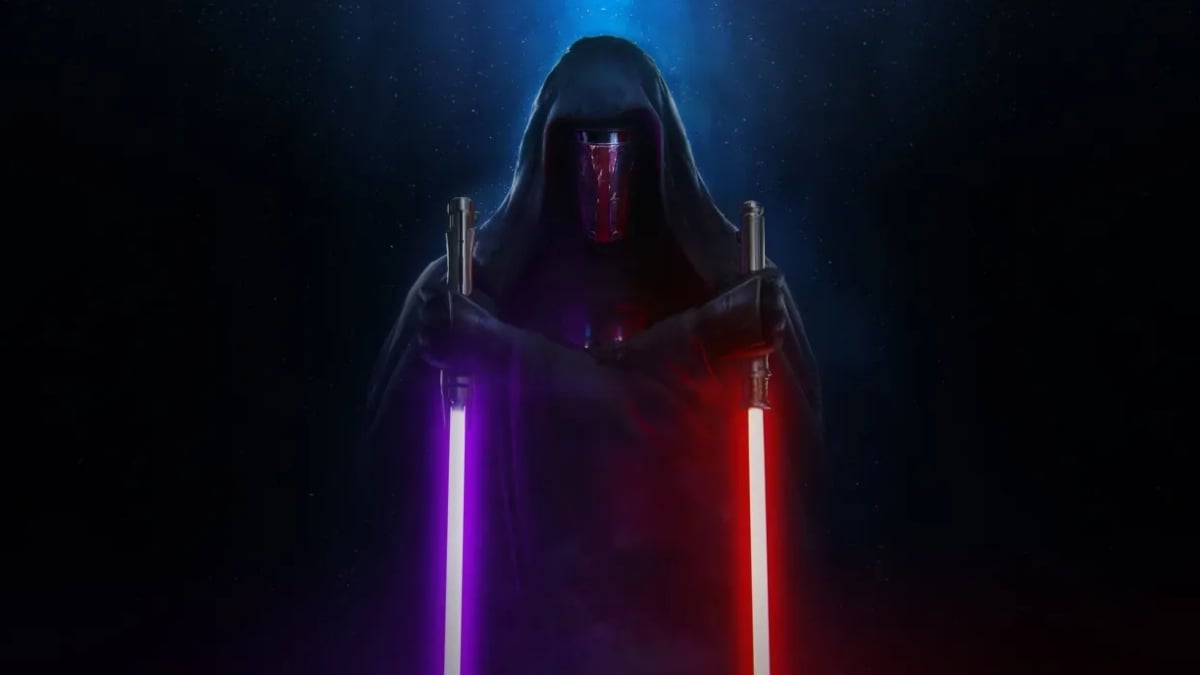For as long as the conflict between the Jedi and the Sith has been around, there has always been an unspoken understanding that a master and apprentice dynamic forms the ranks of either side. Anyone who’s seen the Star Wars films has surely noticed that the Jedi outnumber the Sith by a large margin, as they have an entire council full of masters, an army of Jedi Knights, and even an academy that trains young Padawan to become the next generation of Jedi Knights.
The Sith, on the other hand, are barely seen more than two at a time and are hardly ever in the same room together. If one were to ask a young Padawan why that is, their response would probably sound something like, “Because the Jedi work together for the force of good, and the Sith are evil people who don’t value those bonds of unity or community.”
Though it’s simplistic in nature, that statement is actually right on the money. True heroes — or even just good people — will find their strength in the bonds they share with the community, which usually leads to everyone banding together for a common gain. Villains, however, are usually selfish and greedy, making it difficult for them to bond with anyone — even other villains.
In the Jedi’s case, they present a unified front dedicated to maintaining peace and balance throughout the galaxy. But in the Sith’s case, their drive is guided by a hierarchy of power focused simply on conquest. It was this need for control that led the Sith to create the Rule of Two.
What is the Rule of Two?

Anyone who’s seen the original Star Wars trilogy knows that the Sith didn’t really have a huge presence in the beginning. The only Sith that seemed to exist during Luke Skywalker’s odyssey was his father Darth Vader and Emperor Palpatine. Then the Star Wars universe expanded, and all of a sudden, there were Sith appearing everywhere — in prequels set before the original trilogy and the subsequent sequels to come after. With the appearance of these “new” members of the Sith, fans began to wonder where these Sith had been all this time and why they never saw any of these characters together in the same room. To explain away their relative absence, the Rule of Two ⏤ a Sith philosophy that says there can only be two Sith at any given moment, a Sith Master and a Sith Apprentice ⏤ was “reintroduced” into the Star Wars universe as canon.
The Rule of Two was first mentioned in Star Wars: Episode I – The Phantom Menace, after Master Yoda learned that Qui-Gon Jinn and Obi-Wan Kenobi had encountered a Sith. While assessing the impending threat that was lurking in the shadows, Yoda made a thoughtful observation that would later represent the Sith’s approach: “Always two there are. No more, no less. A master and an apprentice.” However, that wasn’t always the case.
In Star Wars: Clone Wars, which is considered canon, the Sith lived in full number on Korriban, a planet in the outer rim, their home. That means that at one point in time, they may have also had an actual culture similar to the Jedi, with its own council to discuss decisions and their own Academy to train apprentices. But unfortunately, after a century-long war between the Sith and the Jedi had left untold numbers dead on each side, the Old Republic was destroyed and only one Sith remained.
Learning from the mistakes of the last war, this lone Sith, known as Darth Bane, believed that the Sith fell, in large part, because of their own infighting due to the temptation of the dark side and its corrupting power. To keep that from happening again, Darth Bane implemented a strict set of rules including the Rule of Two, which commands that there could only ever be a Sith Master and their apprentice: one to crave power, the other to wield it.
With this rule in place, the Sith would no longer fight the Jedi on equal footing. Instead, they would work from the shadows, manipulating the course of history to bring about the fall of their enemies and leading the Jedi to believe that the greatest threat against them had been destroyed, while the Sith plotted from the shadows.
The Rule of Two and the evolution of Sith culture

But the Rule of Two wasn’t the only precedent Darth Bane set for the Sith in the future. After creating the Rule of Two, Darth Bane recruited his first apprentice and taught him the ways of the Sith, including his brand-new doctrine. However, his first apprentice turned out to be his last, as his new student took the words from the Rule of Two literally and killed him to take his place as Sith Master, setting yet another precedent to be followed by future generations of Sith. For the next 2,000 or so years, the Sith followed the Rule of Two, with Sith Masters killing their apprentices when they found another Force-sensitive recruit or Sith Apprentices killing their Masters when they felt ready to take their place.
But as the Star Wars franchise continued to grow to include animated series like The Clone Wars as canon, the need for more Sith characters eventually caused the Rule of Two to get revised. For example, in the Clone Wars, Asajj Ventress was introduced as Count Dooku’s apprentice. But if Dooku was also Darth Sidious’ apprentice, then training Asajj was technically a violation of the Rule of Two. So instead, Asajj was only allowed to be a Sith assassin who employed the Force and carried two red lightsabers but was never recognized as a “true” Sith.
The same goes for the Inquisitorius, the team of Force-sensitive warriors who were tasked by the Sith to hunt down the remaining Jedi in Star Wars Rebels. After a while, the Rule of Two was amended again to add a new Sith rank so that more wielders of the dark side could become “official” Sith. Instead of just “Master” and “Apprentice,” the hierarchy of the Sith was then changed to include the rank of “Lord.” Soon, Darth Sidious was a Sith “Lord” presiding over the Sith Order, and Darth Vader was seen as a Sith “Master” who was allowed to take on several apprentices, thanks to the revision.
All of these new possibilities might lead fans to wonder, “But how is it still the Rule of Two if there are more than two Sith?” It seems that Disney and Lucasfilm had an answer for that as well. In the junior novelization of Star Wars: The Rise of Skywalker, Rey is browsing through one of her ancient Jedi texts when she stumbles on a passage describing the differences between the Sith and the Jedi. “The Prime is one, but the Jedi are many. The Sith were Many but often emerge Ruled by Two.”
This was used to explain legions of Sith acolytes and stormtroopers in the Force Awakens trilogy, so it also applies to the idea of Sith Masters having more than one apprentice. It also explains why Vader and Sidious were seen as Lords of the Sith and no other Sith has been introduced with either rank of Master or Lord. No matter how many Sith continue to pop up and no matter what level of power they currently hold, the Rule of Two will always make sure that there is only one Master and Lord to run the Empire.




